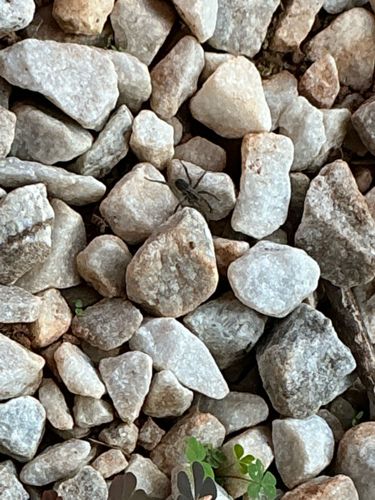Spider Wasp
Scientific Name: Pompilidae
Order & Family: Hymenoptera, Pompilidae
Size: Typically 10-25 mm, though some species can be smaller or larger.

Natural Habitat
Found in various habitats, particularly where their spider prey are abundant, including gardens, woodlands, and open fields.
Diet & Feeding
Adult spider wasps typically feed on nectar and pollen. The larvae are carnivorous, developing on a paralyzed spider provided by the mother wasp.
Behavior Patterns
Spider wasps are solitary. Females hunt and paralyze spiders with a venomous sting, then drag them to a nest site (often a burrow in the ground, old beetle borings, or natural cavities). A single egg is laid on the spider, which serves as food for the developing larva. They are fast-moving and often seen walking on the ground or low vegetation.
Risks & Benefits
Spider wasps are generally not aggressive towards humans but can deliver a painful sting if provoked or trapped. Their sting is considered one of the most painful among insects, though it is usually not medically significant. They benefit the ecosystem by controlling spider populations.
Identified on: 9/22/2025